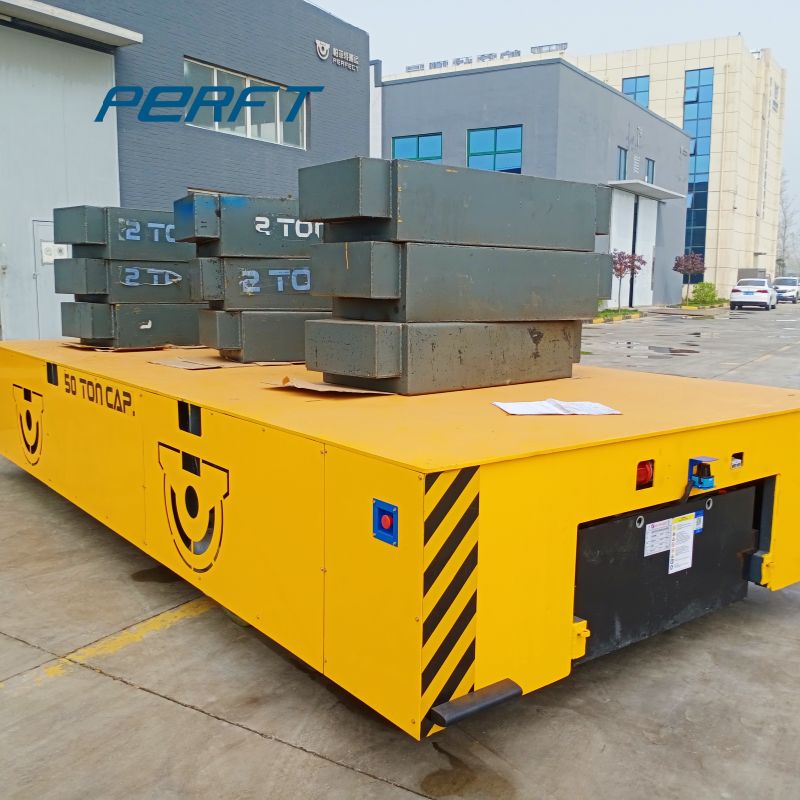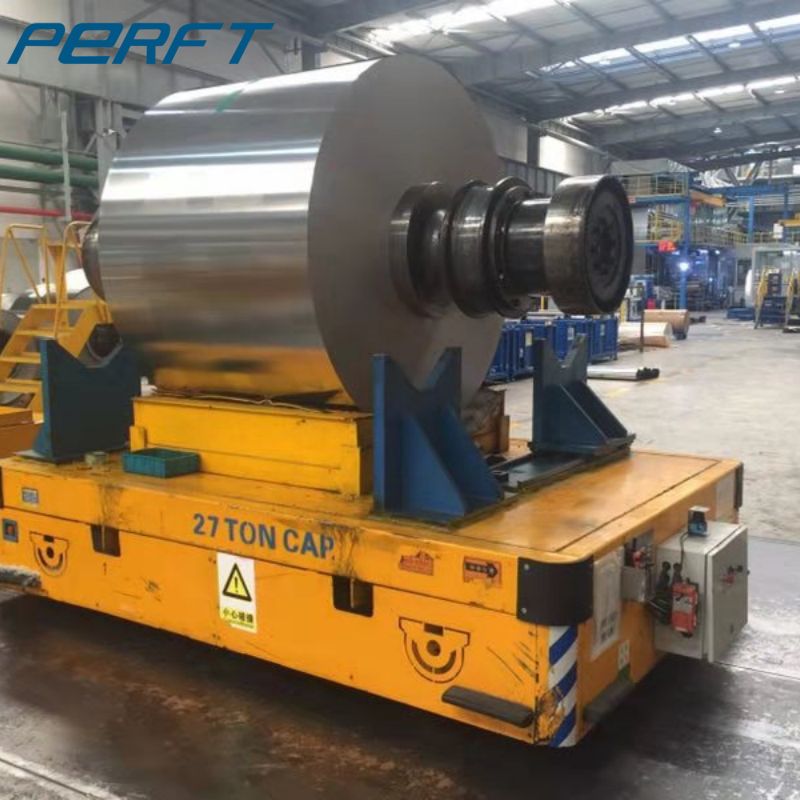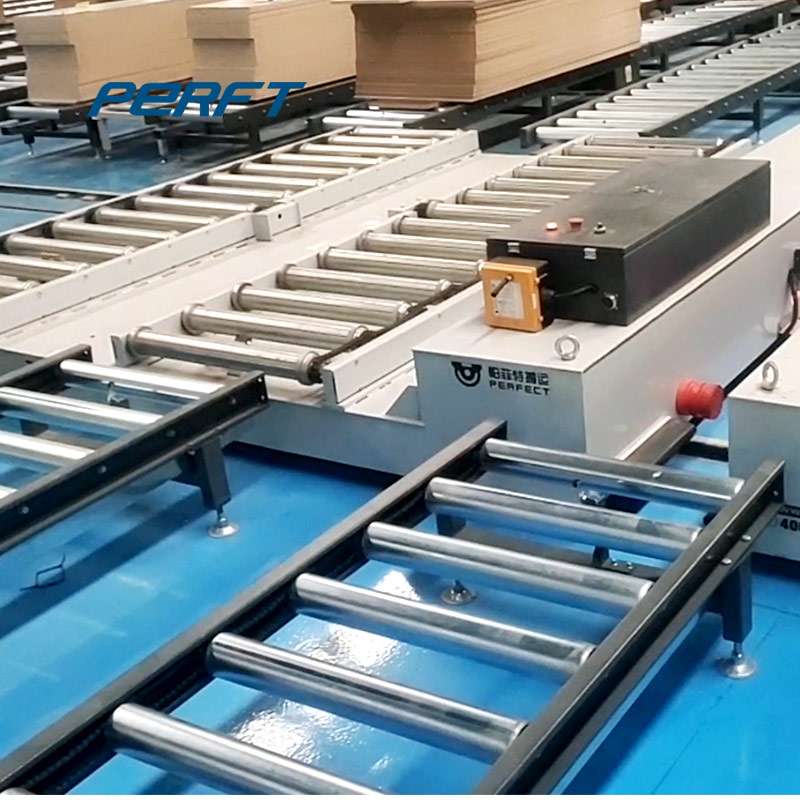How to Select AGV for Your Manufacturing
1. What is AGV technology?
Automated Guided Vehicle (AGV) technology refers to the use of autonomous vehicles equipped with navigation and control systems to transport materials within a facility without human intervention.
2. What are the common applications of Automated Guided Vehicles?
AGVs find applications in various industries, including manufacturing, warehouses, distribution centers, and healthcare, for tasks such as material handling, transportation, and assembly line support.
3. How does an AGV system operate?
An AGV system typically involves vehicles following predefined paths using guidance technologies such as laser, vision, or magnetic tape. Control systems manage their movements, ensuring efficient and accurate material transport.
4. What are the advantages and disadvantages of using AGVs?
Advantages include increased efficiency, reduced labor costs, and enhanced safety. Disadvantages may include high initial investment and potential challenges in adapting to existing infrastructure.
5. How is AGV used in manufacturing?
AGVs are employed in manufacturing for tasks like material transport, product assembly, and handling raw materials, contributing to streamlined processes and improved productivity.
6. What navigation systems are used in AGVs?
AGVs utilize various navigation systems, including laser-guided, vision-based, magnetic tape, and inertial navigation, to move autonomously within a facility.
7. How does AGV compare to traditional material handling methods?
AGVs offer advantages such as increased efficiency, reduced human error, and enhanced flexibility compared to traditional material handling methods.
8. What safety features are incorporated in AGVs?
AGVs are equipped with safety features such as obstacle detection sensors, emergency stop systems, and collision avoidance technology to ensure a safe working environment.
9. What are the current market trends in AGV technology?
Market trends in AGV technology include the integration of Industry 4.0 concepts, increased use of AI, and a growing emphasis on flexible and modular AGV solutions.
10. Who are some notable AGV manufacturers in the industry?
Prominent AGV manufacturer includes Perfect Material Handling Equipment, known for their expertise in designing and producing reliable automated guided vehicles. You can trust Perfect, you can get custom service from us.
11. How is AGV implementation carried out in a facility?
AGV implementation involves system design, integration, and testing to ensure seamless incorporation into existing workflows, often requiring collaboration with experts in AGV technology.
12. What factors contribute to the cost of implementing AGV systems?
AGV costs depend on factors such as system complexity, technology used, fleet size, and customization requirements.
13. What types of AGVs are available in the market?
AGVs come in various types, including tow vehicles, forklift AGVs, and unit load carriers, each designed for specific material handling tasks.
14. Can you provide examples of successful AGV case studies?
Successful AGV case studies showcase instances where AGV implementation has led to increased efficiency, cost savings, and improved overall operations.
15. How is AGV technology contributing to warehouse automation?
AGVs play a crucial role in warehouse automation by automating tasks such as goods transport, inventory management, and order fulfillment, contributing to increased efficiency and accuracy.
16. Can AGVs be customized for specific industry requirements?
Yes, AGVs can be customized to meet the specific needs of different industries, including manufacturing, automotive, pharmaceuticals, and more.
17. Are there limitations to AGV implementation in certain environments?
While AGVs are versatile, certain environments with extreme conditions, such as extremely high temperatures or harsh chemicals, may pose challenges to their effective implementation.
18. How does AGV technology contribute to sustainability in manufacturing?
AGVs can contribute to sustainability by optimizing material flow, reducing energy consumption, and minimizing waste through precise and efficient handling.
19. What role does artificial intelligence play in AGV systems?
Artificial intelligence enhances AGV capabilities by enabling adaptive decision-making, route optimization, and real-time data analysis for improved performance.
20. Can AGVs operate in mixed human-robot environments?
Yes, AGVs are designed to operate safely in mixed environments with humans, employing advanced safety features and obstacle detection systems.
21. What is the expected ROI (Return on Investment) for AGV implementation?
The ROI for AGV implementation varies based on factors such as system efficiency improvements, labor cost savings, and the specific requirements of the facility.
22. How can AGVs contribute to lean manufacturing principles?
AGVs support lean manufacturing by minimizing waste, reducing handling times, and improving overall process efficiency through automation.
23. What challenges might be encountered during AGV implementation?
Challenges may include initial setup costs, integration complexities, employee training, and potential disruptions during the transition phase.
24. Are there standards governing AGV safety and performance?
Yes, there are industry standards and regulations that govern AGV safety and performance to ensure a consistent and safe use of this technology.
25. Can AGVs be retrofitted into existing manufacturing setups?
Yes, AGVs can often be retrofitted into existing setups, allowing companies to benefit from automation without major facility modifications.
26. How does the size of an AGV fleet impact operational efficiency?
The size of the AGV fleet should be carefully determined based on the specific workload and material handling requirements to optimize operational efficiency.
27. What role do AGVs play in Just-In-Time (JIT) manufacturing processes?
AGVs support JIT manufacturing by facilitating the timely and precise movement of materials, reducing the need for excess inventory.
28. Can AGVs be used for both indoor and outdoor applications?
While AGVs are predominantly used indoors, some models are designed for outdoor applications, such as transporting materials between buildings or across large outdoor spaces.
29. How is data security addressed in AGV systems?
Data security in AGV systems is addressed through encryption, secure communication protocols, and access controls to protect sensitive information.
30. What advancements can we expect in AGV technology in the coming years?
Future advancements in AGV technology may include improved AI integration, enhanced sensing capabilities, and increased adaptability to dynamic environments.
At Perfect, you can also get other several transfer carts for warehouse automation, for details, you can read another article about Industrial Transfer Carts For Material Handling.








